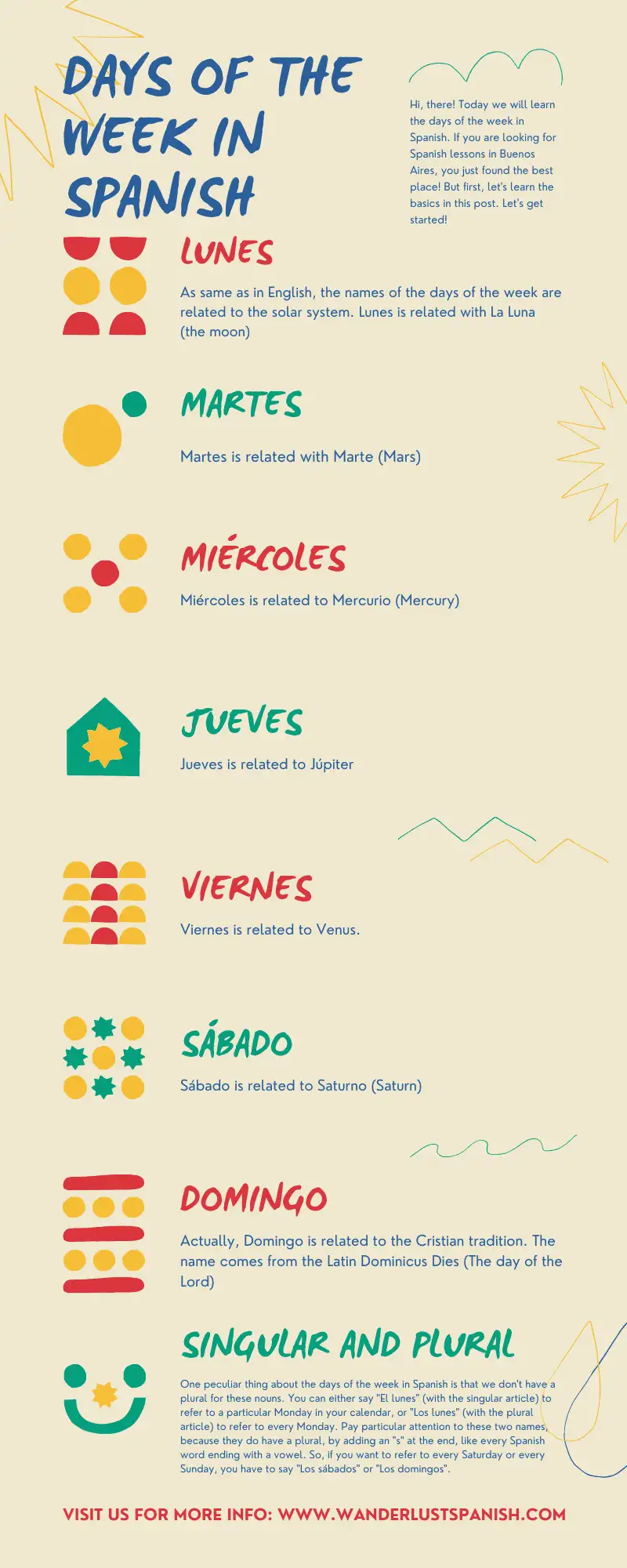Good morning, Spanish speaking lovers! Of course you need To have in Spanish: the most complete guide because it’s the key to Spanish success. Care to know some more? Keep on scrolling!

To have in Spanish: the basics
Contents
Do you remember when you were a kid and they told you about auxiliary verbs like do and have? In Spanish we don’t call them like that but they are the bricks of our language home. Without have, it’s impossible to even speak or construct some very basic sentences. Now you know why you need To have in Spanish: the most complete guide.
First, let’s refresh a little bit of English. In English the verb “to have” is as fundamental as breathing. You will have “to have” following you everywhere: in past perfect, present perfect continuous, as an existential question, even in a song by Madonna: To have and not to hold. Essentially, this verb helps us build some verb tenses and also, in of its variations, it means that you own something. For example, “I have a computer” means that I am the owner of my computer. Just like that.
We can see the use of “to have” in some sentences here:
- I have had breakfast before. (Present perfect).
- She has been working a lot. (Present perfect continuous).
- Jane is having a bath right now. (Present continuous).
- They had struggled with this for too long. (Past perfect).
- Tom has an apple. (Present).
But wait. What about “to have” in Spanish? Follow me!

To have or not to have: that’s the question
What’s the use of “to have” in Spanish? That’s a tricky question because, actually, in Spanish that means two things:
- Haber
- Tener
What’s the difference? Whereas “haber” can be used as the conjugation, the base for some verb tenses, “tener” is literally what you have, what you possess. Also, “haber” alone could refer to the accountability field: the credits and expenses of a company, for instance. However, this is interesting because whenever “haber” and “tener” go, they are involved in properties, ownerships… Right?
Feeling a bit dizzy? Shall we see some examples of what I’m talking about? Let’s start with “haber”. “Haber” is an infinite form, in order to create a new verb tense, we need to conjugate it. In the “pretérito pluscuamperfecto” (past perfect), we go like this:
- SUBJECT + CONJUGATED HABER + PAST PARTICIPLE OF THE MAIN VERB. For instance: Juan había comprado caramelos. (Juan had bought candy).
In Spanish we don’t use as much present perfect as in English, but we tend to look at some conditionals, like “Habría comido” (He /She / Ze might have eaten).
Finally, let’s see some examples of “tener”. This verb could mean a moral obligation:
- Tengo la obligación de estudiar. (“I have the obligation to study.”)
In its most traditional sense, “tener” is what you hold, what you possess, like Gollum with the ring (or the other way round!):
- Ella tiene un árbol en su casa. (“She has a tree at home.”)
To study Spanish
Feeling fearless? Now it’s the right time to improve your skills and study Spanish at Wanderlust Spanish Online. Besides, if you’re willing to learn more, check our Tuesdays of Spanish grammar on our Instagram!










